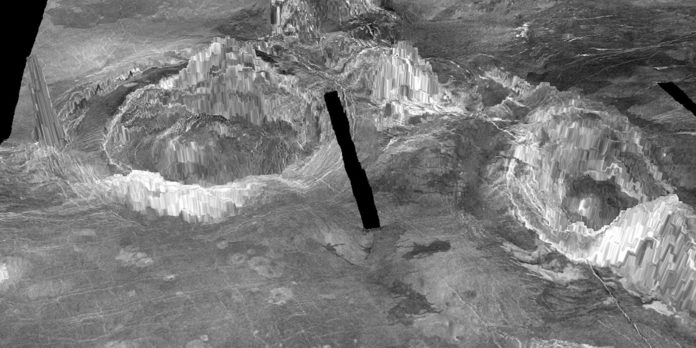According to a new study, Venus is still an active planet. The study offers evidence on 37 recently active volcanic structures on Venus.
Scientists used numerical models of thermo-mechanic activity beneath the surface of Venus to create high-resolution, 3-D simulations of coronae formation. Their simulations provide a more detailed view of the process than ever before.
The results suggested features that are only found in recently active coronae. Scientists then matched those features to those observed on the surface of Venus, revealing that some of the variations in coronae across the planet represent different stages of geological development.
They found that coronae on Venus are still evolving. It means the interior of the planet is always churning.
Laurent Montési, a professor of geology at UMD, said, “This is the first time we can point to specific structures and say ‘Look, this is not an ancient volcano but one that is active today, dormant perhaps, but not dead. This study significantly changes the view of Venus from a mostly inactive planet to one whose interior is still churning and can feed many active volcanoes.”
“The improved degree of realism in these models over previous studies makes it possible to identify several stages in corona evolution and define diagnostic geological features present only at currently active coronae. We can tell that at least 37 coronae have been very recently active.”
The active coronae on Venus are clustered in a handful of locations, which suggests areas where the planet is most active, providing clues to the workings of the planet’s interior. These results may help identify target areas where geologic instruments should be placed on future missions to Venus, such as Europe’s EnVision, that is scheduled to launch in 2032.
Journal Reference:
- Corona structures are driven by plume–lithosphere interactions and evidence for ongoing plume activity on Venus, Nature Geoscience (2020). DOI: 10.1038/s41561-020-0606-1
